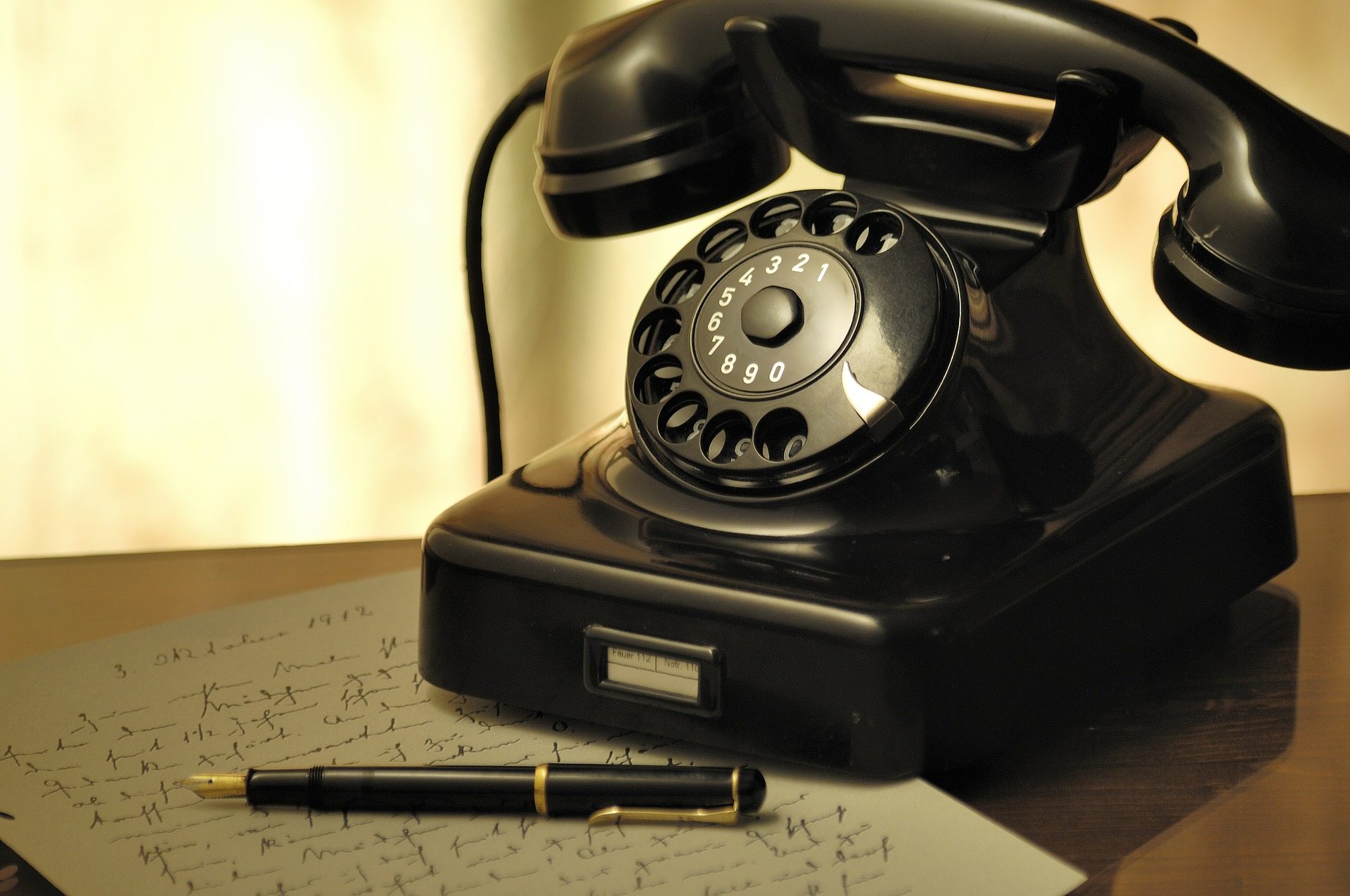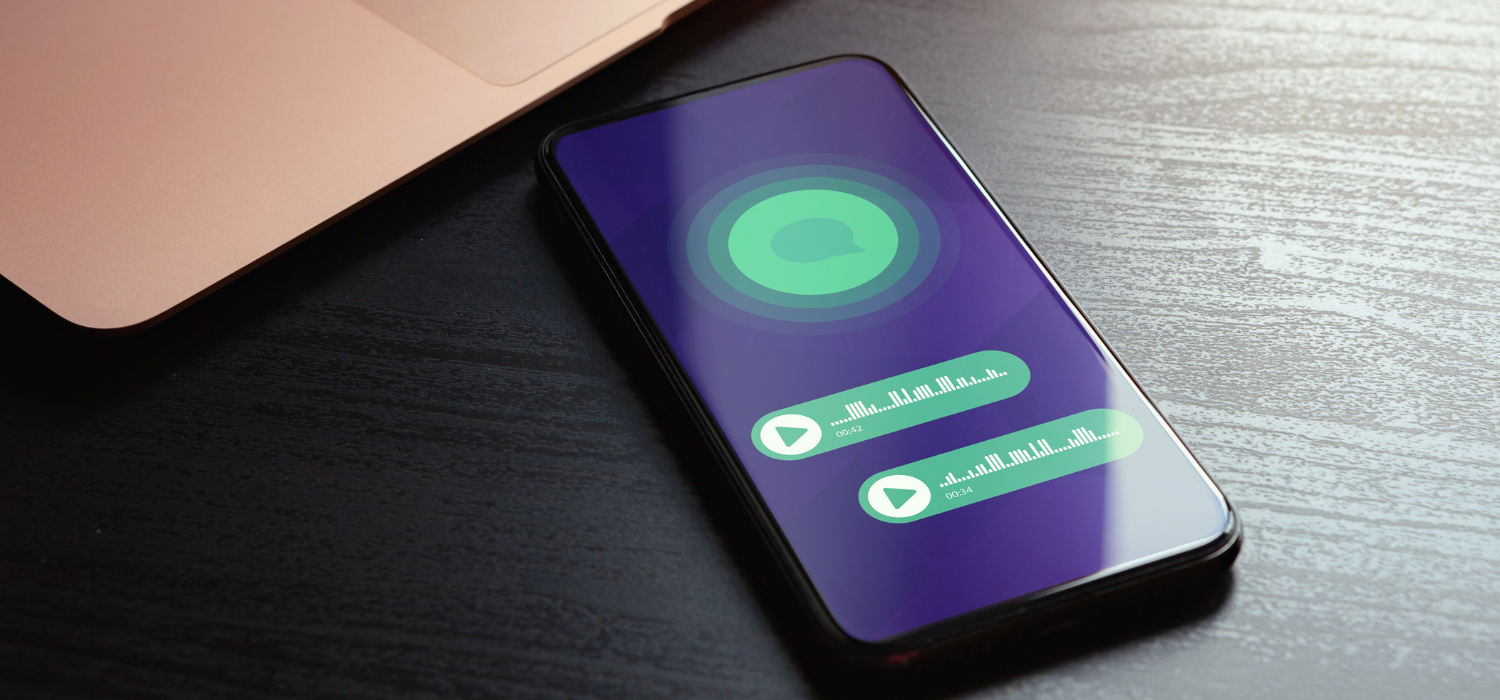There's a common adage that's been making the rounds in the business world for years:…

11 Voicemail Etiquette Tips for the Meetings Industry
(this is an update to my post of October 31, 2017, which you can view here, but read this one… its new and improved :))
In the age of email and social selling, many meeting planners, #eventprofs and #meetingpartners are foregoing the use of the telephone to connect with their clients and suppliers. I’m guilty of it as well, I much prefer email to picking up the phone (and likely leaving a voicemail) but sometimes a phone call is FAR more effective than a simple email.
If you need to pick up the phone (and find no one home), ensure you follow some simple voicemail etiquette tips to ensure your call is returned in a timely manner.
Voicemail Etiquette Tips for the Meetings Industry
Remember, when leaving a voicemail in our industry, the recipient is likely a very busy person. Following these tips may help ensure a follow up call.
-
- Can it be solved by a simple email? I’m a firm believer that some conversations are best for the phone, but for simple items that are best solved with email, send your recipient a short, clear, action-driven email instead. Most laptop worker bees prefer to process information via email, and it creates a paper-trail if required later on.
- Strategic items are best left to phone call/voicemail – if the material at hand is lengthy, or requires lots of back and forth, get it off the email and pick up the phone. If you reach their voicemail, set up a time to connect versus trying to hash everything out over email. Sending an email to recap a call is ALWAYS a great idea.
- Will this benefit our relationship? Often voicemails and phone calls are made to start or further a client/prospect relationship. However if your call or voicemail is not well-received, you may be doing more harm than good in leaving a voicemail. Ensure your voicemail is compelling and will draw your prospect to return the call versus create animosity in their busy day.
- Script it out before you call – make a quick bullet-point list of what you’re going to leave on the voicemail so you don’t forget anything
What to leave in the voicemail
- Start with (full) name and your organization name – It can be very frustrating for prospects or clients who work with multiple people on multiple projects to try to decipher “Hey, its Jennifer calling.”. Unless you have a very close relationship with the client, where you trust they will know the sound of your voice, please include your last name and organization.
- Leave your phone number, at the beginning of the call – Equally frustrating as spending 2 minutes listening to a voicemail, is waiting… and waiting… and waiting for your phone number. Give your client your number at the beginning of the call, and again at the end of the message. This gives them 2 opportunities to jot it down without having to listen to the entire message all over again.
- Reference the project name – as with #4, chance are your prospect/client works on a multitude of priorities throughout the day. Keep things simple for them and referencing the project you are working on together. This is very true of busy third party meeting planners
- Subject matter – in order to keep the call under 1 minute, stick to ONE question or topic in your voicemail. If you need to address multiple issues, do not list them in the call, but refer to your list of questions as your main topic
- Don’t ask open-ended questions – similar to not starting an email with “how are you?”, a voicemail is not a 2-way dialogue, so refrain from asking your client open-ended questions.
- Have an action-statement – make it clear to the prospect/client what the next steps are and what you’d like the client to do. Without an action statement, there is no need for the client to call you back. This may be to schedule a time to connect on the phone.
- Length – keep your voicemail under 1 minute in length – being respectful of your client’s time will position you as someone they want to do business with.
Lets say you’ve now included a number of these voicemail etiquette strategies in your voicemail, and you still are not getting a return call from your client… now what? The below strategies may help:
- Change up the format – try sending an email out in lieu of leaving yet another voicemail, some clients prefer email as a way of communicating.
- Email with a list of options, multiple choice – you may have caught your client at an extremely busy time. Sometimes giving them a simple multiple choice of answers in an email allows them to respond quickly, and then you can move forward on your part of the project as well.
- Try scheduling a call with them; promise them the call will be 10 minutes or less and include an agenda. This way they can focus on your call and the information required to push the project forward.
- Change up the tone – if your uber-professional tone did not solicit a response, using a more casual and easy-going tone may put your client at ease and solicit a stronger response
Leaving a voicemail is never ideal, however by following the above guidelines, you may be on your way to receiving more timely responses to your voicemails, and keeping your professional relationship as one of productivity and mutual respect.
RELATED – Do’s and Don’ts of Email Writing
RELATED – What to Include in your Email Signature



